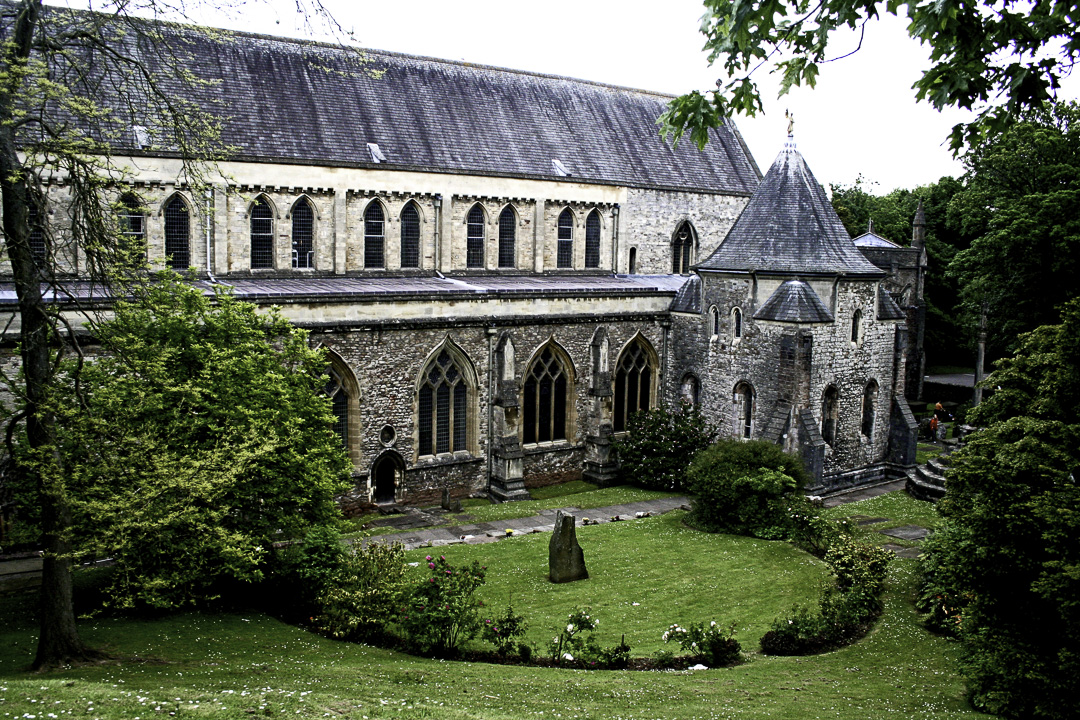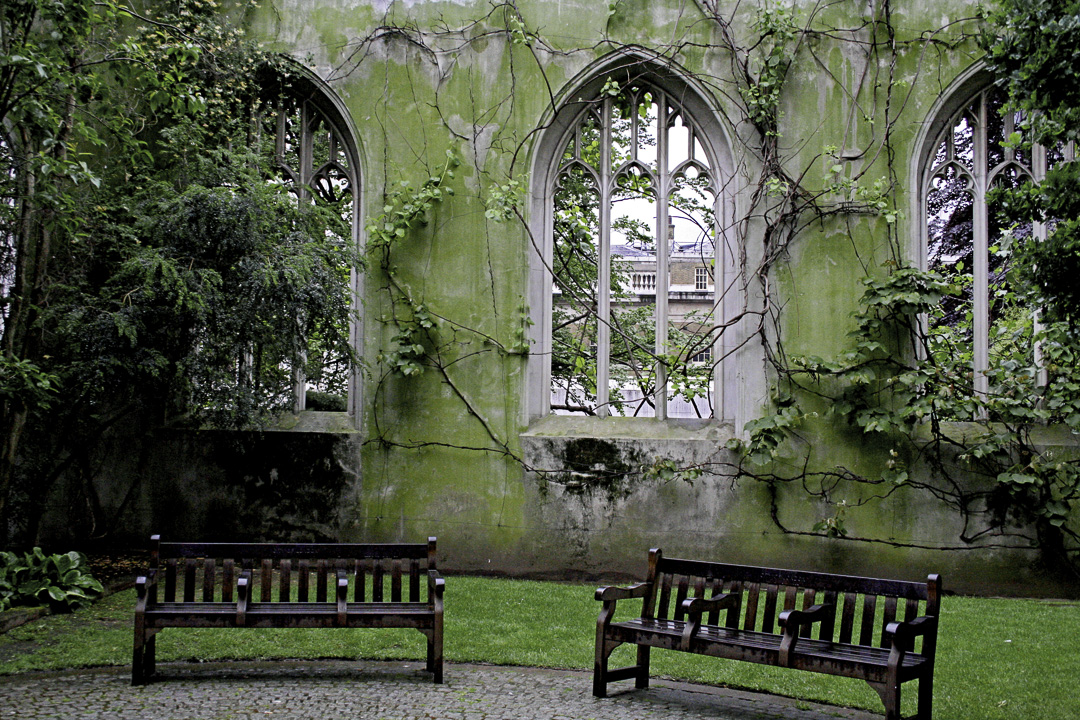
This pre-Christian symbol, formed by two overlapping circles, became the basis for the Christian fish emblem. A Pilgrim’s Bath was created so visitors could immerse themselves, and numerous healings of various kinds were reported.Īdorning Chalice Well and its nearby garden is the vesica pisces.


In 1754 a Matthew Chancellor declared he had been miraculously cured after drinking water from Chalice Well. For centuries the water’s healing power has been widely proclaimed. In reality, the water’s reddish tint is caused by a high content of iron. It was here, legend says, Joseph hid the Grail, after which the natural spring water turned blood red. Even today’s modern pilgrims come to absorb the terrestrial energy from Mother Earth and the celestial power from above.īetween the foot of Glastonbury Tor and Chalice Hill lies Chalice Well. It is widely held that, 2,000 to 3,000 years before Christianity, followers of the Great Goddess would make the spiritual walk, following the intricate, winding path up the hill. Traces of a labyrinth dug into the hillside have been dated to the Neolithic era. The Tor itself may be one of the most ancient pilgrimage sites in the land. Michael’s Tower, the remains of a 14 thcentury church. High atop the hill called Glastonbury Tor stands St. Whether or not these legends are based on historic facts or are merely myths, there is much in present-day Glastonbury to inspire spiritually-minded visitors. He is also said to have built the first Christian church in Britain.

Following divine instruction, Joseph buried the Grail at the foot of what is now called Chalice Hill. Legend says Joseph stuck his walking stick into the ground where it later bloomed into a hawthorn tree. Tradition holds that Joseph of Arimathea, the uncle of Jesus, came to Glastonbury in 37 A.D., bringing with him the chalice from the Last Supper, the same goblet he used to capture drops of Jesus’ blood on Calvary.


 0 kommentar(er)
0 kommentar(er)
